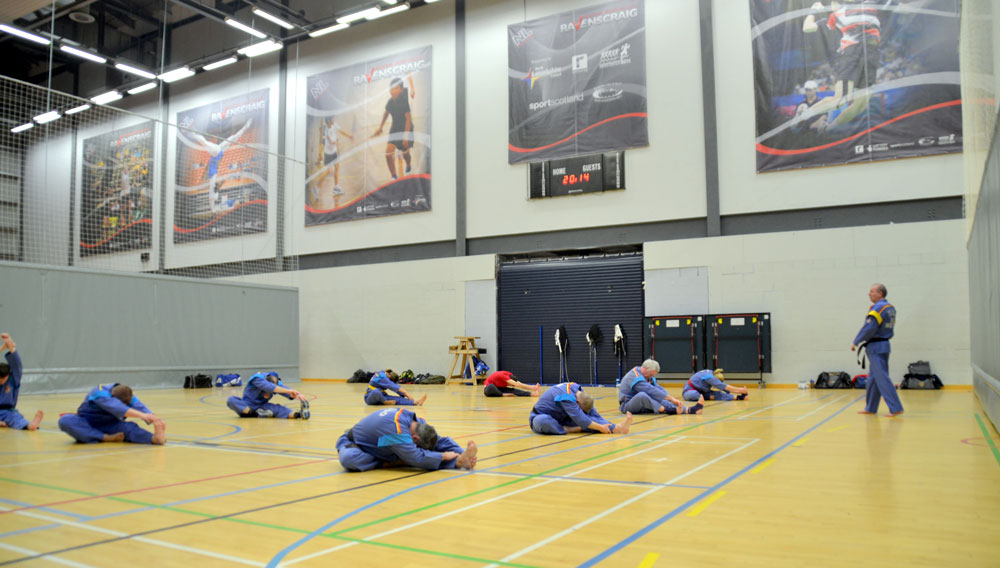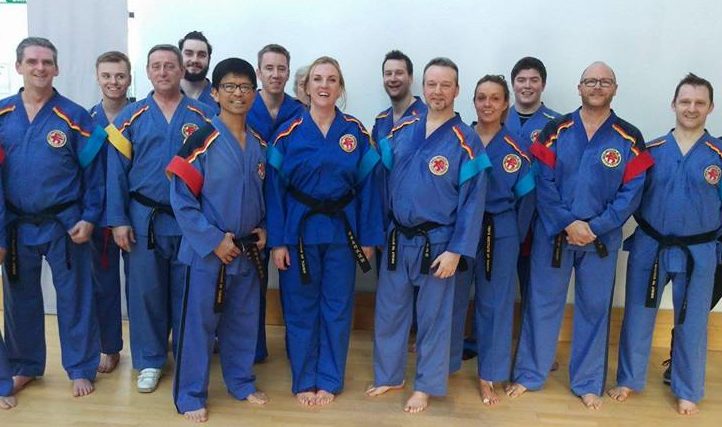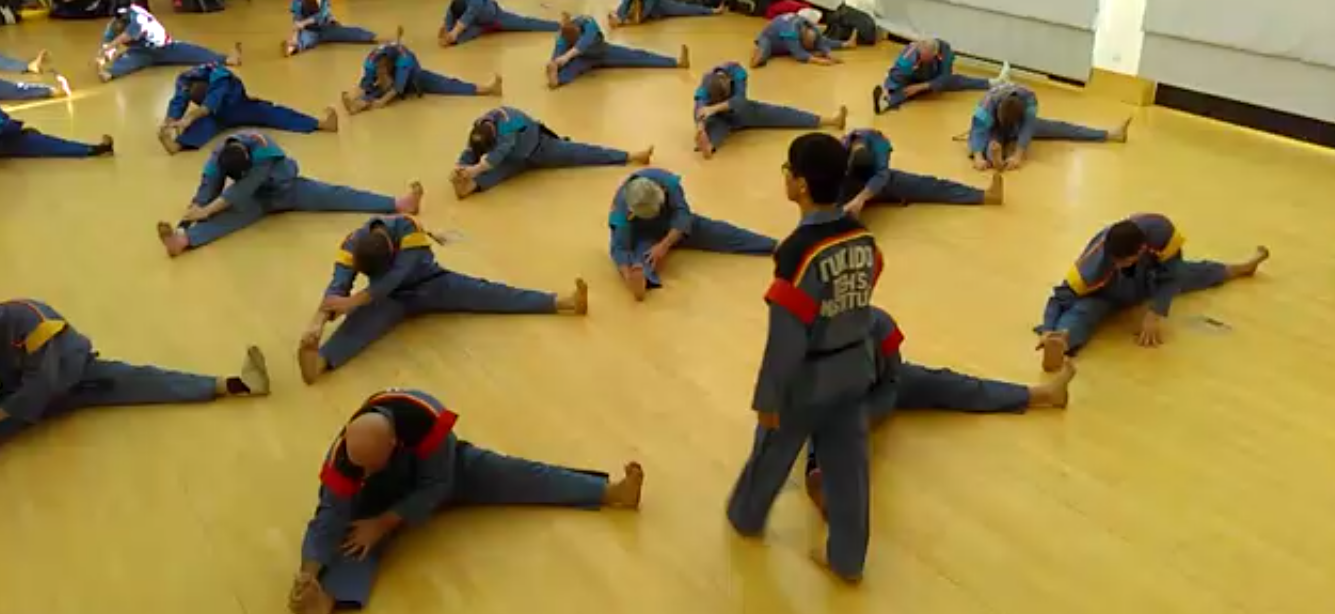About
Tukido has been established for over thirty years and literally translated means “The Art of Skilful Combat”. It was developed and modified from a complement of martial arts by Grandmaster Hock Aun Teh, D.A., whose concept of modern martial arts is like “one-stop shopping” – fitness and self-defence rolled into one. The exercises are designed to improve fitness, and the combat movements are designed to develop the skill of self-defence as well as to stimulate the senses to an increased awareness of the surroundings.
Unlike other traditional martial arts, Tukido has no stances and no rigid or impractical movements. Tukido is based on natural and effective movements, which are easy to learn and to apply. Principally, many traditional martial arts believe that all force derives from the hips, whereas, in Tukido, movements are based on the fact that all force derives from the feet pushing off the floor.
Tukido is a registered trademark and was the first and only martial art to have been awarded a developing grant by the government of the European Community due to the depth of research put into its creation.
-
Is learning Tukido dangerous?

All Tukido Instructors are Black Belts. After achieving their Black Belt standard, they go through an instructor’s training course where they learn to instruct professionally and scientifically and how to handle people with different levels of fitness. They also have to prove themselves by passing a series of examinations before they are qualified to teach. We care about the quality of our teaching, and our students are in the care of professional people who know how to coach properly.
-
What type of training is involved?

All-round body conditioning exercises, stretching and self-defence techniques which are easy to learn and to apply. It is the very fact that the movements are natural and practical, and based on scientific research, which led Tukido to receive a marketing grant from the European Community – the first martial art ever to receive such a grant.
-
Who can learn Tukido?

Anyone can! Men and women, young and old! Preferably not too young, but you’re never too old to exercise! And you don’t have to be fit to join. Our first task is to slowly and gradually restore basic fitness, flexibility and co-ordination. Everyone, no matter what their physical condition, is welcome.
-
How long does it take to start benefiting from Tukido training?

Your fitness and the efficiency of your whole body start to improve as soon as you begin your first training session. From the moment you start training, you are doing something very positive for yourself. Over the next three months, you will notice a great change in your whole body’s mobility, fitness and energy level, and you will feel a growing self-confidence; you are experiencing something sensational in your life.
Apart from learning the simple but effective skill of self-defence, there are SEVEN good reasons why everyone should take up Tukido training:
- To reduce excess weight
- To tone up sluggish muscles
- To reduce stress
- To strengthen the cardiovascular system
- To generate more energy
- To improve flexibility and mobility
- To promote self-confidence and positive thinking
-
What are the aims of Tukido?

Our aims are: to restore fitness to those whose health is going downhill; to guide and motivate people to express their talents and challenge their aggression in a positive and creative way; to provide them with aims and to promote in them the self-esteem to enable them to face all challenges in their lives. Our Tukido Instructors are there to do much more than simply teach their students the techniques of our martial art. They should also help them to achieve their highest level of well being, both physically and mentally. We teach not only punches, kicks and blocks, but also self-discipline, how to co-exist with other people, how to compete to the best of our own ability but always with fairness and a good-natured attitude, how to make decisions, and how to take pride in all we do. This is especially important when we have youngsters learning from us. We should instill in them a positive outlook and help them develop their own abilities as potential leaders.
